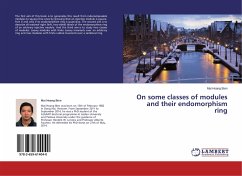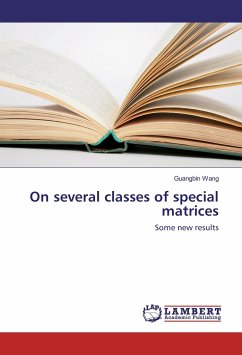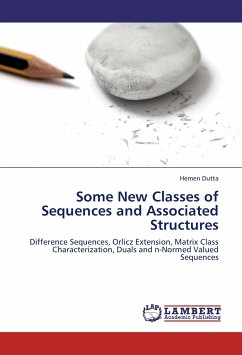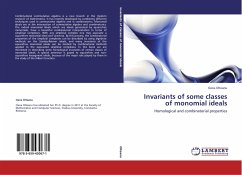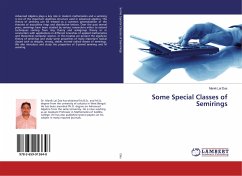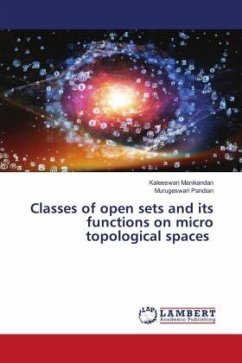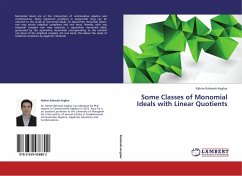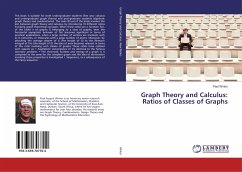
Graph Theory and Calculus: Ratios of Classes of Graphs
Versandkostenfrei!
Versandfertig in 6-10 Tagen
50,99 €
inkl. MwSt.

PAYBACK Punkte
25 °P sammeln!
This book is suitable for both undergraduate students (first year calculus and undergraduate graph theory) and post-graduate students (algebraic graph theory and combinatorics). The main thrust of the book involves the join between graph theory and calculus, by introducing 10 different ratios involving graph theoretical concepts. When these ratios are a function f(n), of the order n of graphs G belonging to a class of graphs, then the horizontal asymptotic behavior of f(n) becomes significant in terms of practical applications, when a large number of vertices are involved, such as in networks,...
This book is suitable for both undergraduate students (first year calculus and undergraduate graph theory) and post-graduate students (algebraic graph theory and combinatorics). The main thrust of the book involves the join between graph theory and calculus, by introducing 10 different ratios involving graph theoretical concepts. When these ratios are a function f(n), of the order n of graphs G belonging to a class of graphs, then the horizontal asymptotic behavior of f(n) becomes significant in terms of practical applications, when a large number of vertices are involved, such as in networks, or molecules with a large number of atoms. Moreover, by attaching the average degree of G (the length of G) to the Riemann integral of f(n) (the height of G) the idea of area becomes relevant in terms of this ratio involving such classes of graphs. These ratios have realized such aspects as: - Asymptotic convergence of 1/e identical to the famous secretary problem. - The chromatic number and energy of a graph G is compared to the same for the complete graph and the idea of domination involving these properties is investigated - Sequences, as a subsequence of the Farey sequence.





